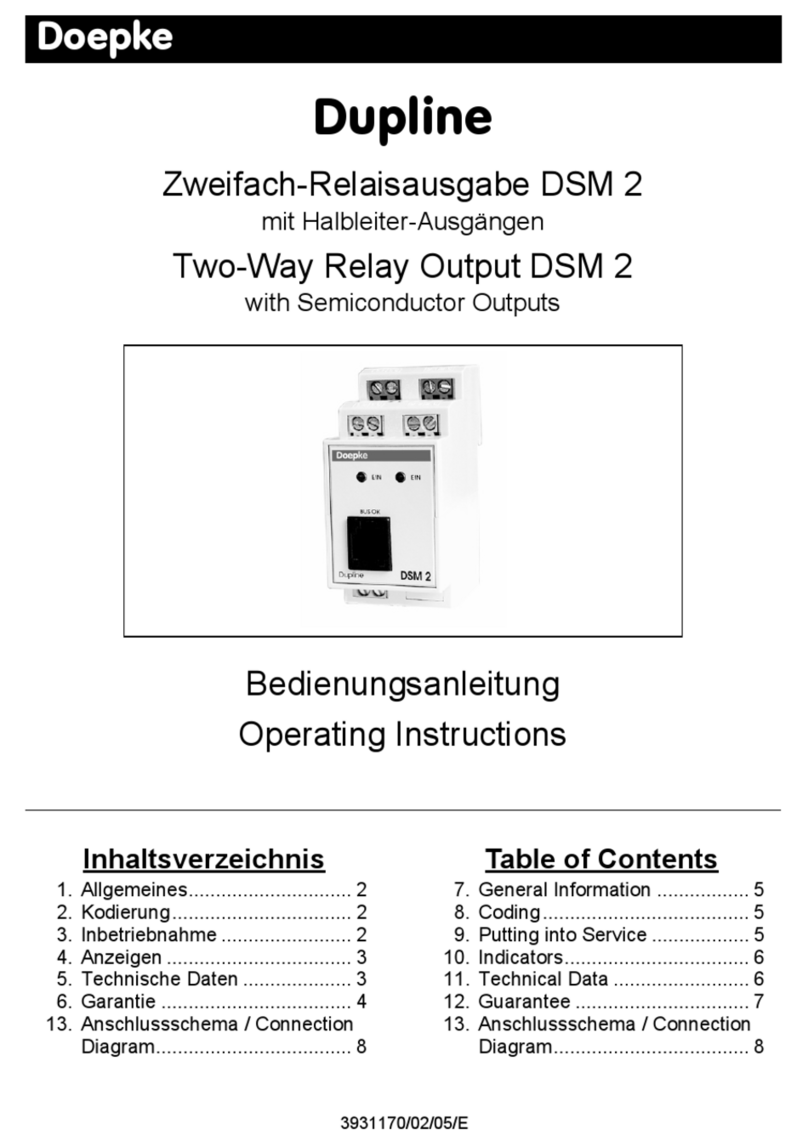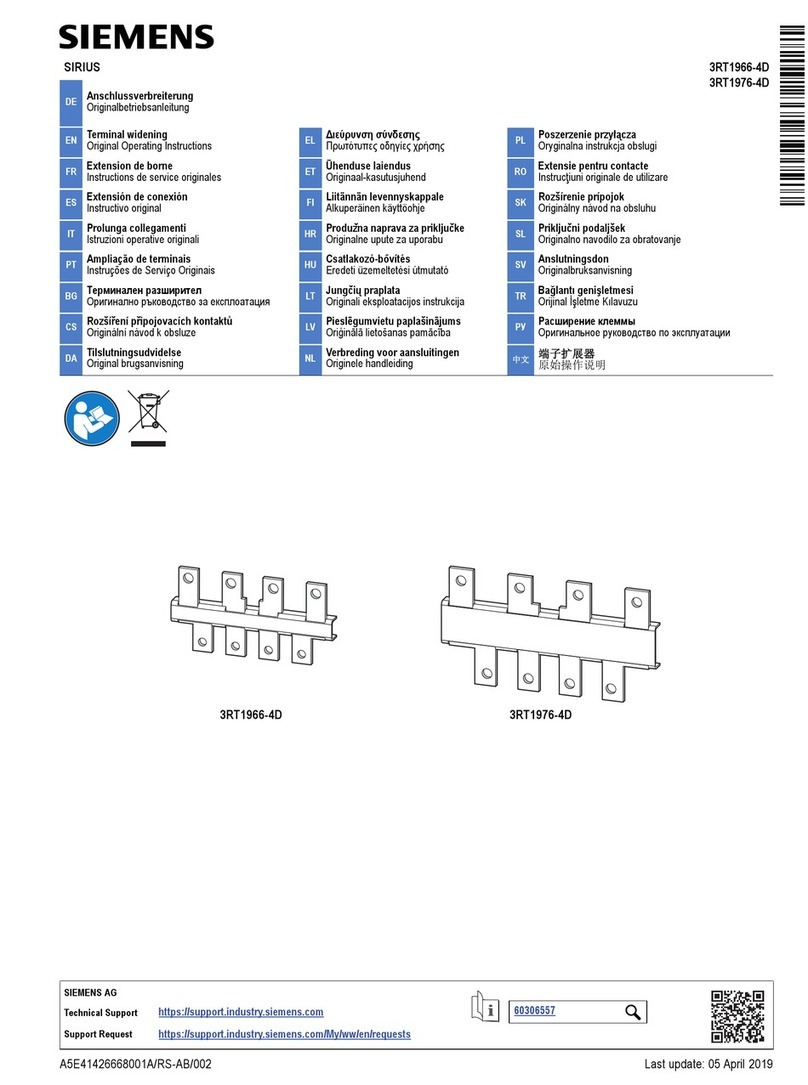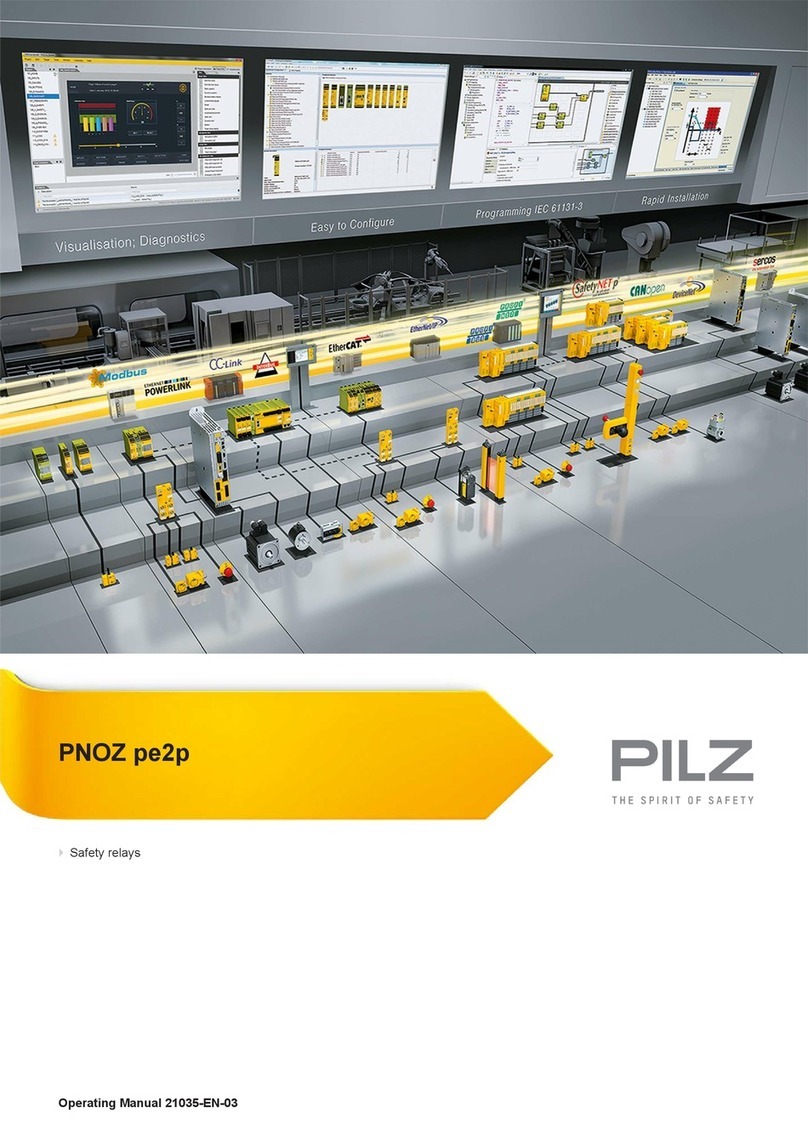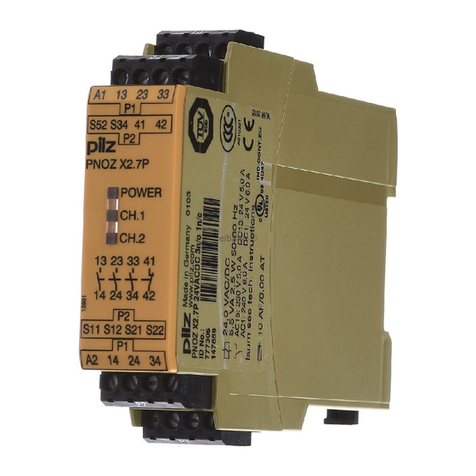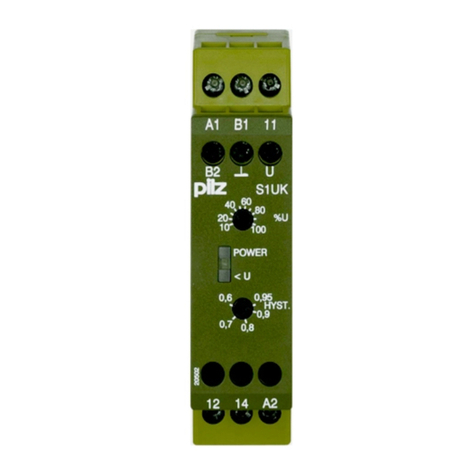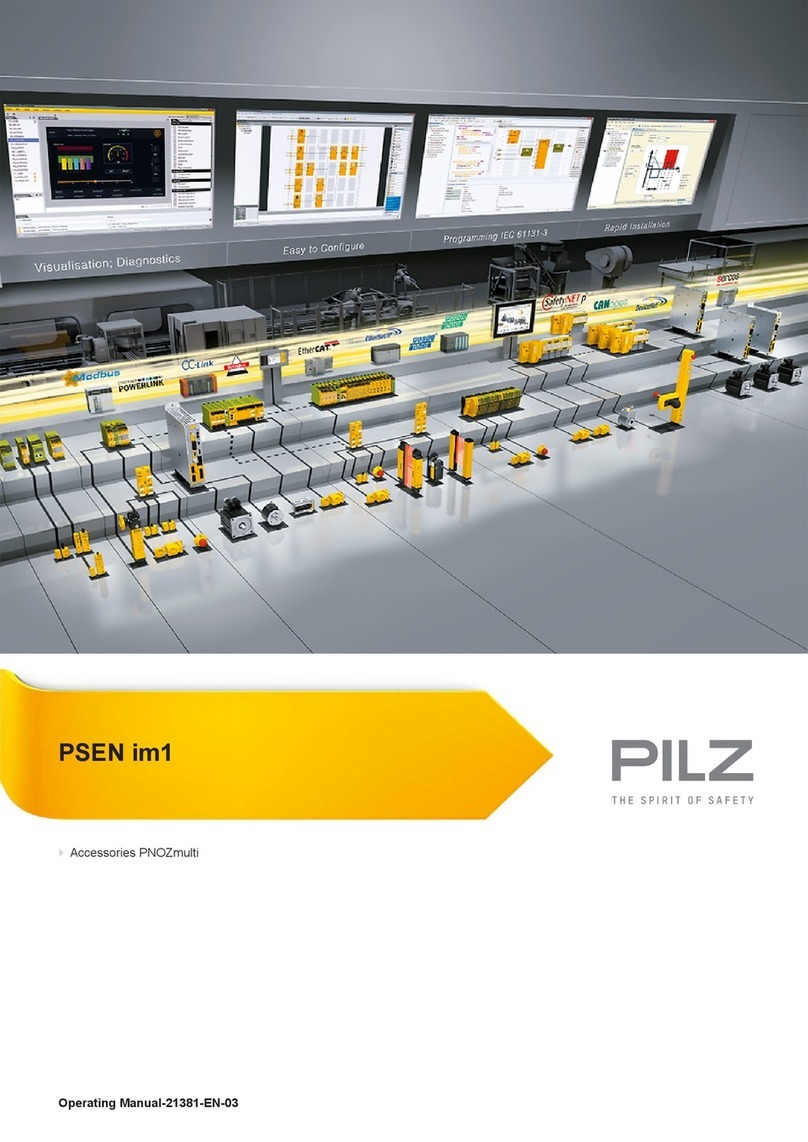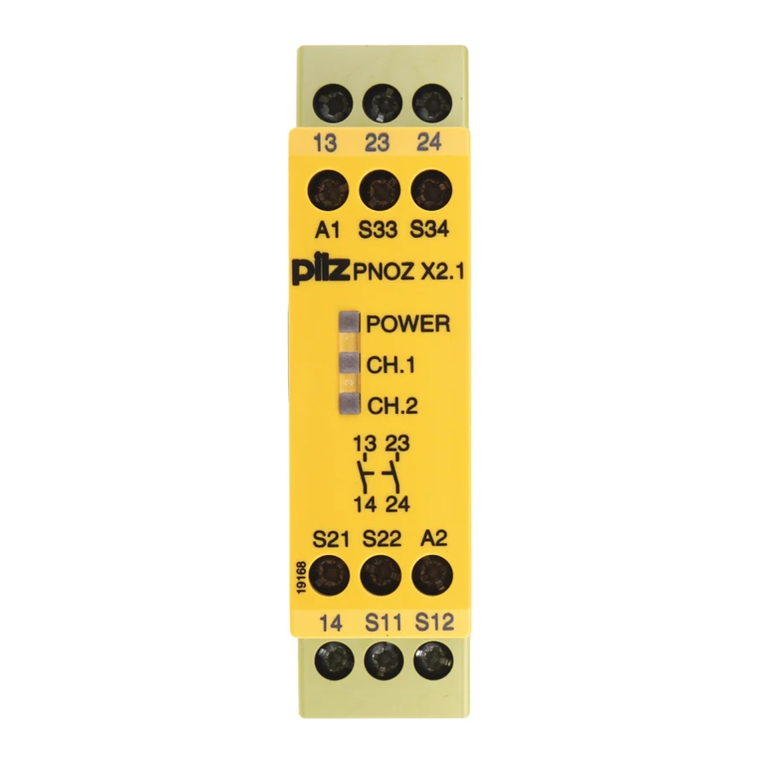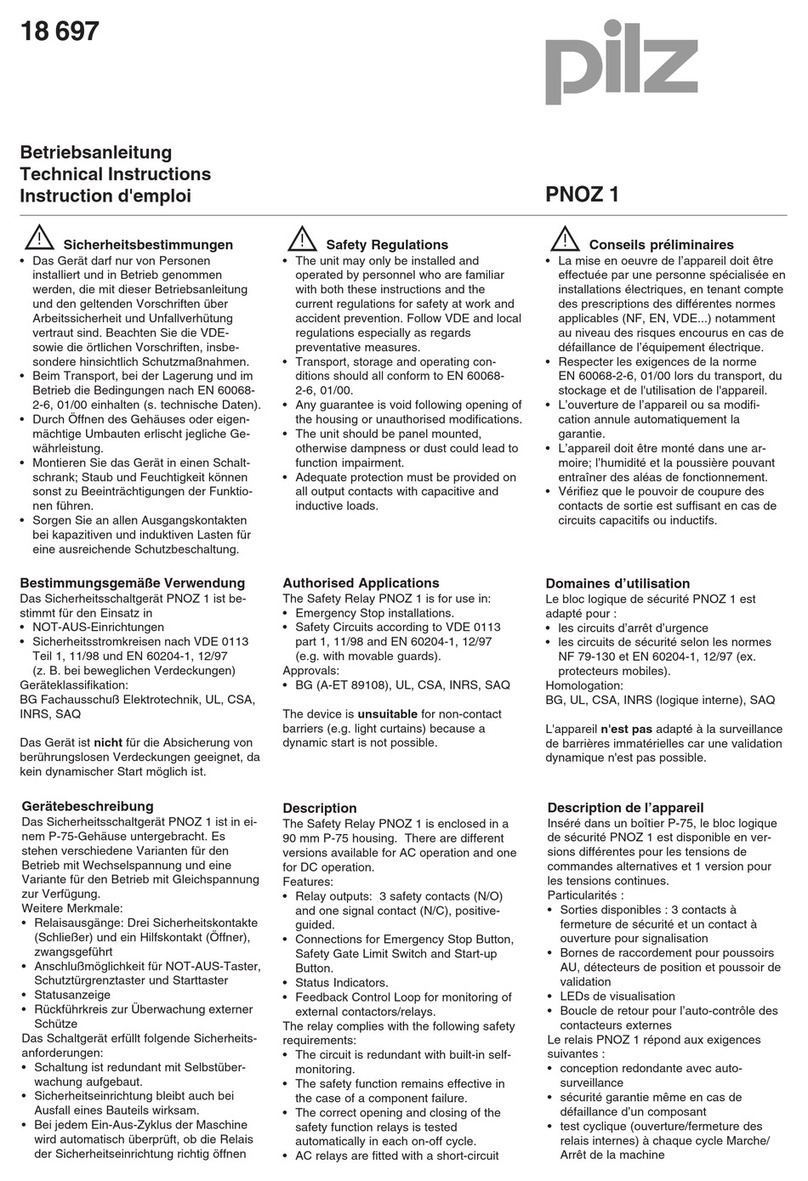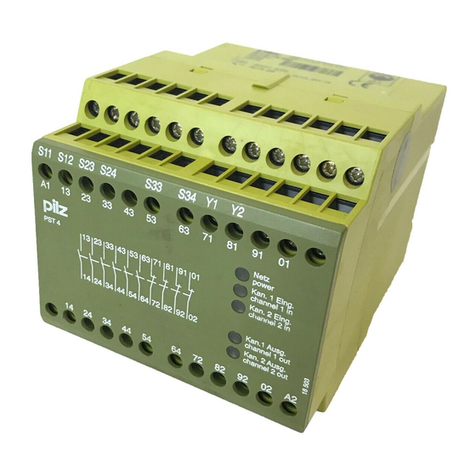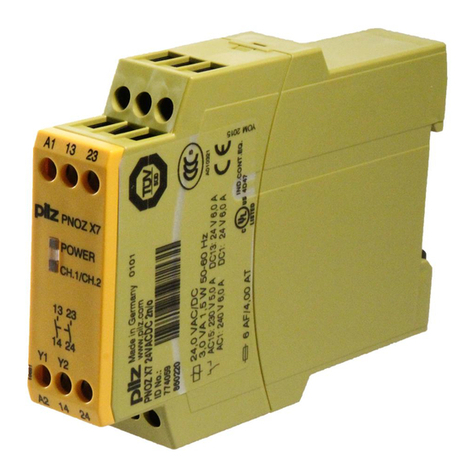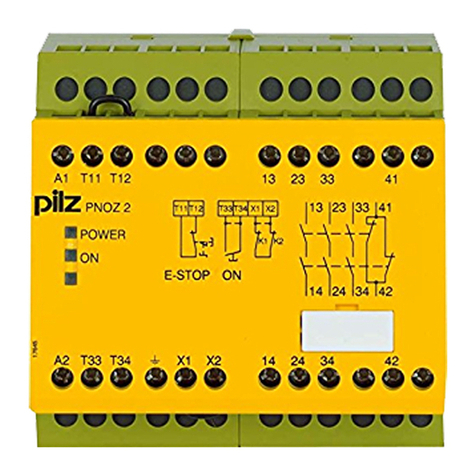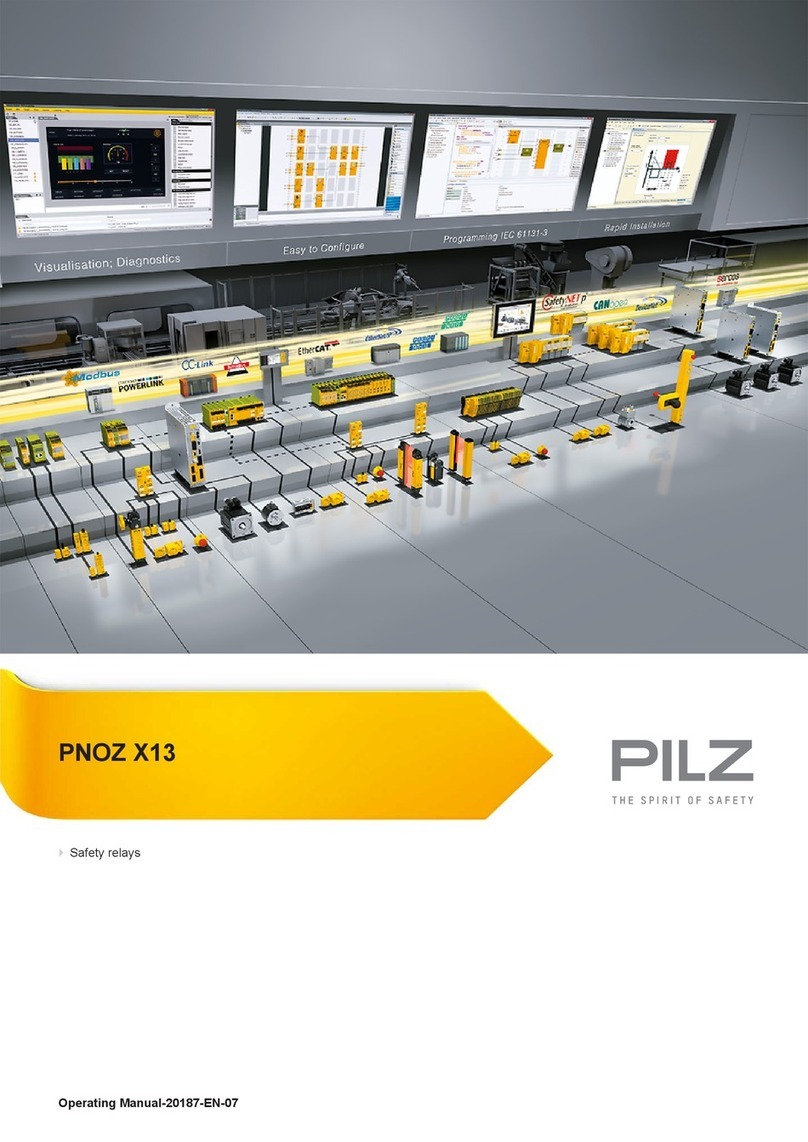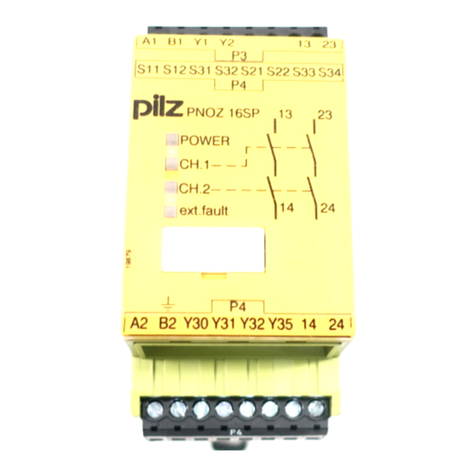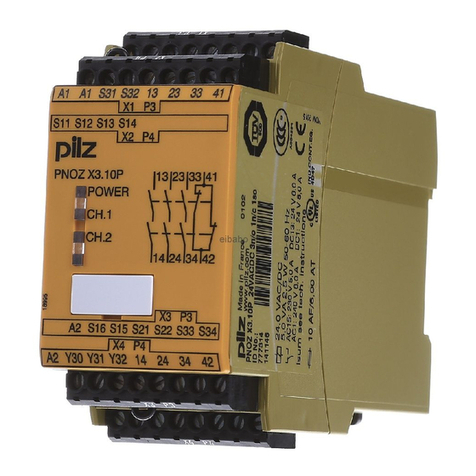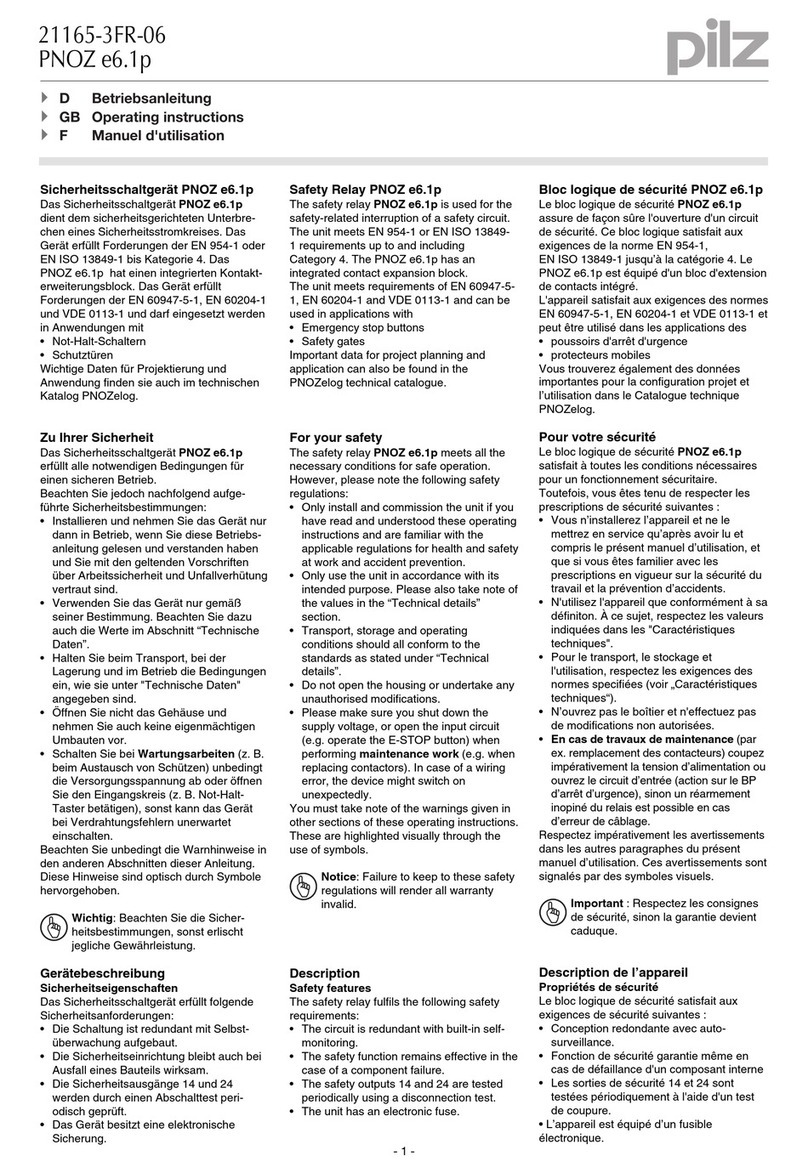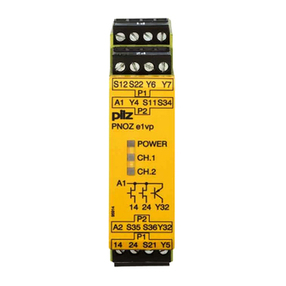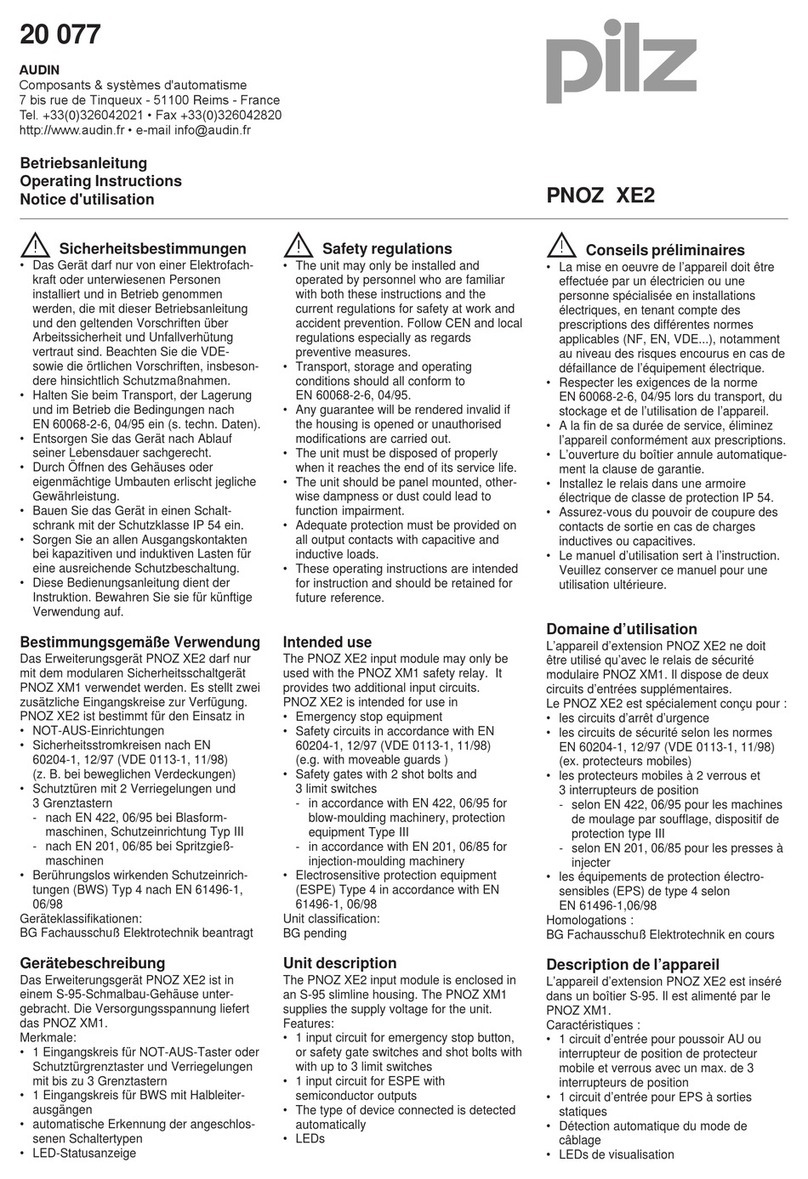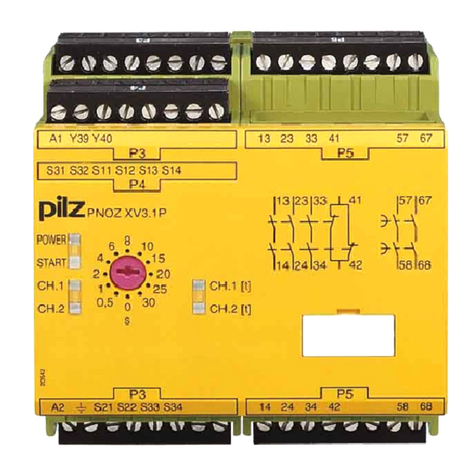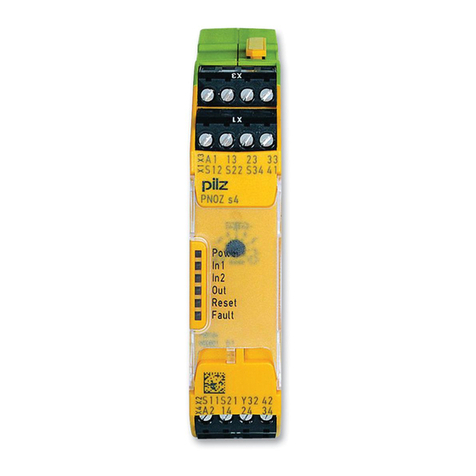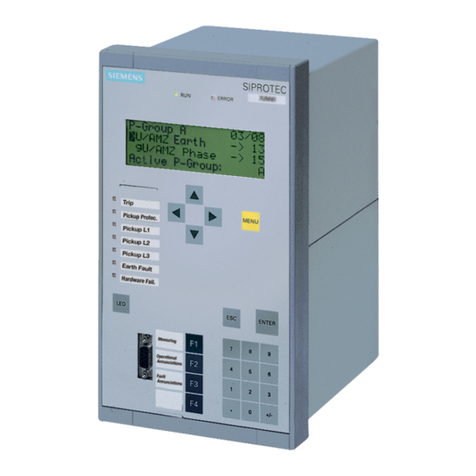1.1-5
1.1
Legal regulations outside Europe
The situation is somewhat different in the USA:
people there are mainly familiar with two types
of standards: ANSI (American National Stan-
dards Institute) and OSHA (Occupational Safe-
ty and Health Administration).
OSHA standards are published by the state
and compliance is mandatory. ANSI stan-
dards, on the other hand, are developed by
private organisations and their application is
generally not absolutely essential. However,
ANSI standards can still be found included
as part of a contract. Beyond that ANSI
standards are being taken over by OSHA.
You can also still come across the NFPA
(National Fire Protection Association), which
developed NFPA 79 as a counterpart to EN
60204-1, for example. The OSHA standards
can be compared with the European direc-
tives. Unlike the European directives, OSHA
standards are more involved with formulating
technical specifications than abstract re-
quirements.
The legal basis in the USA can be seen as a
mix of product standards, fire codes (NFPA),
electrical codes (NEC) and national laws. Lo-
cal government bodies have the authority to
monitor that these codes are being enforced
and implemented.
Russia and the CIS states have implemented
GOST-R certification for some years now, in
other words, technical devices that fall within
a specific product area must undergo a cer-
tain certification process. Machinery and any
corresponding technical accessories under-
go a type approval test through a European
notified body, for example. This test is gene-
rally recognised by a Russian-based appro-
vals body. From the point of view of safety,
the same requirements apply as in Europe.
China, on the other hand, has introduced
CCC certification. Similar to the position in
Russia, technical products are subject to
mandatory certification through a national ap-
provals body in China. In addition, production
sites are inspected. If a technical device falls
with the scope of the product list, which is
subdivided into 19 categories, certification is
mandatory, otherwise it will be necessary to
supply a type of “declaration of no objection”
from a national notified body.
Japan is currently in a transition period: The
plan is for Japan to adopt the European “new
approach” – in other words, to keep stan-
dards and legislation separate. At the mo-
ment the international ISO and IEC standards
are being directly incorporated into national
legislation, which is why people are currently
confronted with frequent amendments to
laws and lengthy implementation periods.
Standards for functional safety
Different standards may be called upon to
observe functional safety on control sy-
stems, depending on the application. In the
area of machine safety, EN ISO 13849-1 is
the main standard named for safety-related
control systems. Irrespective of the techno-
logy, this applies for the whole chain from
the sensor to the actuator. The risk graphs
and corresponding risk parameters can be
used to estimate the potential risk for danger
zones on machinery. The category is then
established without the use of risk-reducing
measures.
Standards and Directives
Legal regulations outside Europe and standards for functional safety
Pilz
GmbH
&
Co.
KG,
Felix-Wankel-Straße
2,
73760
Ostfildern,
Germany
,
T
elephone:
+49
711
3409-0,
T
elefax:
+49
711
3409-133,
E-M
ail: [email protected] 2008-09




